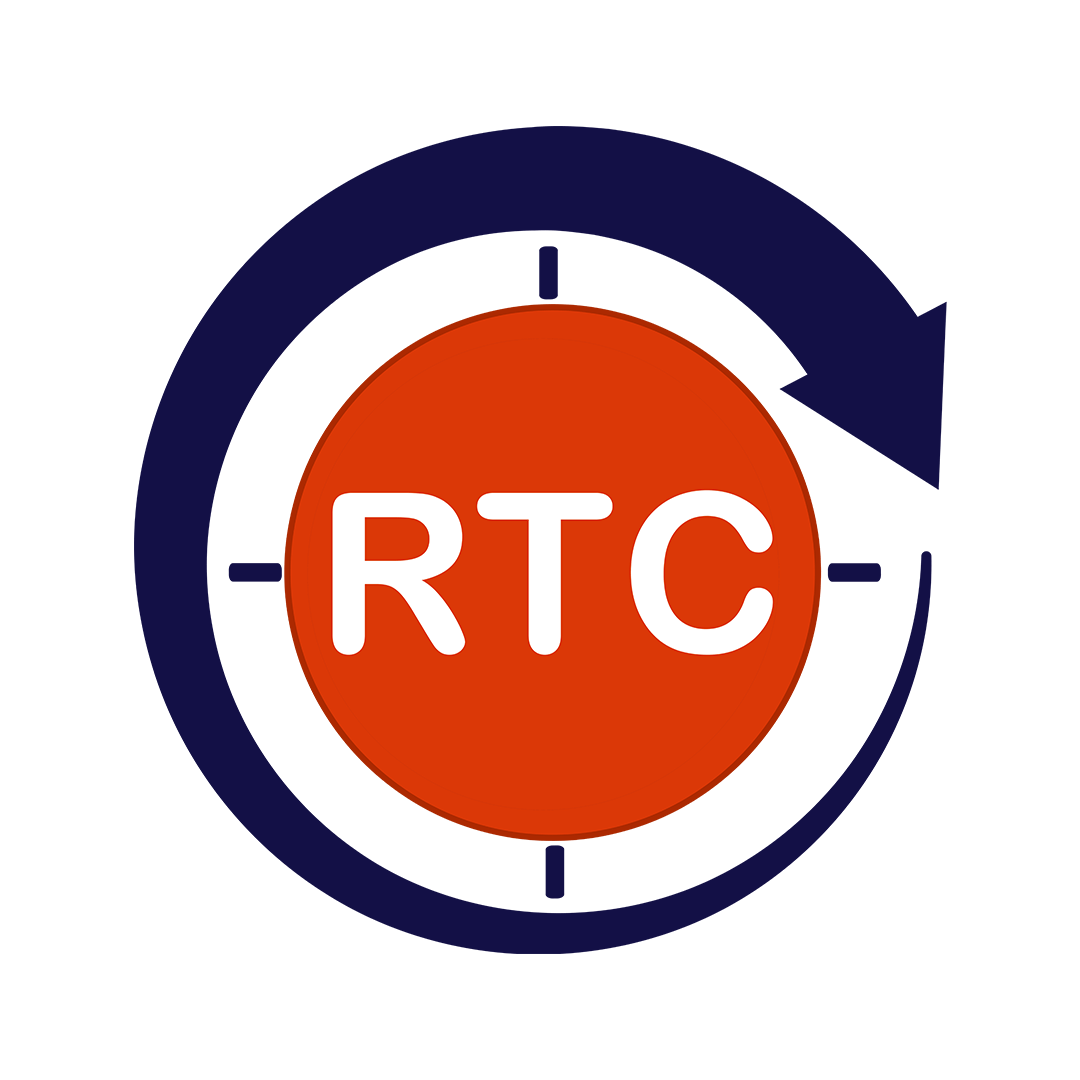In an increasingly digital world, public access to government information and services must be inclusive and equitable. Citizens should be able to file taxes, apply for permits, or read public notices without digital barriers—regardless of their physical or cognitive abilities.
This responsibility is enshrined in Section 508 of the Rehabilitation Act, a critical U.S. federal law that mandates accessible digital content and technology for people with disabilities. Non-compliance can lead not only to legal ramifications but also to the exclusion of millions of citizens from essential services.
In this blog, we’ll break down what Section 508 means, highlight the most common accessibility gaps in government websites, and provide a comprehensive roadmap for achieving compliance. We’ll also explore how Round The Clock Technologies supports federal and state agencies in building truly inclusive digital platforms.
Table of Contents
ToggleWhat Is Section 508 and Why Does It Matter?
Section 508 is part of the Rehabilitation Act of 1973, which was amended in 1998 to require that all electronic and information technology (EIT) developed, maintained, or used by the federal government be accessible to people with disabilities.
This includes:
Government websites and mobile apps
Online forms and applications
PDF documents and public records
Videos, audio content, and public dashboards
Why It Matters
Over 61 million Americans live with a disability
Public digital platforms must offer equal access to services
Accessibility enhances user experience for all citizens
Non-compliance can lead to lawsuits and penalties under ADA and 508
Section 508 aligns closely with WCAG 2.0/2.1 Level AA, the global gold standard for digital accessibility.
Key Requirements of Section 508 for Web Accessibility
To meet Section 508 standards, government websites must fulfill WCAG 2.0 Level AA criteria at minimum, which is based on the POUR principles:
Perceivable
Provide text alternatives for non-text content
Use sufficient color contrast for text and background
Offer captions and transcripts for multimedia
Operable
Ensure full functionality via keyboard
Allow users to pause or stop moving content
Provide clear navigation and focus indicators
Understandable
Use clear, simple language
Label input fields and instructions clearly
Avoid unexpected behavior when interacting with elements
Robust
Ensure compatibility with screen readers
Use semantic HTML and ARIA landmarks
Support assistive technologies through proper coding
Always validate against the latest version of WCAG (currently 2.1) for future-proof compliance.
Common Accessibility Issues in Government Websites
Many government portals still fall short of accessibility compliance due to avoidable mistakes, such as:
Missing Alt Text
Images without descriptive alt attributes hinder screen reader users.
Inaccessible PDFs
Scanned PDFs without OCR, headings, or bookmarks are unusable for assistive tech.
Poor Keyboard Navigation
Menus and forms that require mouse interaction exclude users who rely on keyboards.
Insufficient Color Contrast
Low contrast makes text unreadable for visually impaired users.
Improper Form Labels
Unlabeled fields or inaccessible error messages can confuse users with disabilities.
Step-by-Step Guide to Achieve Section 508 Compliance
Here’s a structured plan to help your government website meet Section 508 standards:
Step 1: Conduct an Accessibility Audit
Use automated tools (e.g., Axe, WAVE) and manual testing with assistive tech (JAWS, NVDA).
Step 2: Remediate Identified Issues
Prioritize high-impact issues—like inaccessible navigation, forms, and documents.
Step 3: Implement WCAG 2.1 Guidelines
Align web design and code with Level AA standards across all templates and components.
Step 4: Test with Real Users
Invite users with disabilities to perform critical tasks on your site and collect feedback.
Step 5: Train Content Editors & Developers
Ensure everyone understands how to create and maintain accessible digital content.
Step 6: Establish Ongoing Monitoring
Accessibility is not a one-time project—embed it into your QA and DevOps workflows.
Tools and Techniques for Testing Section 508 Compliance
Accessibility testing combines automated scans, manual checks, and assistive tech validation:
1. Automated Tools
2. Axe DevTools
3. WAVE
4. Lighthouse
5. Siteimprove
6. Tenon
These help catch missing alt text, contrast errors, form labels, and basic HTML issues.
Manual Testing
Navigate using keyboard only
Test with screen readers (JAWS, NVDA, VoiceOver)
Validate dynamic content with ARIA landmarks
Review heading structures and semantic HTML
Document Accessibility
Use Adobe Acrobat Accessibility Checker for PDFs
Add proper tags, bookmarks, and alt descriptions
Combine automated scans (30%) with manual expert testing (70%) for accurate results.
How Round The Clock Technologies Ensures Section 508 Compliance
At Round The Clock Technologies (RTCTek), we specialize in comprehensive accessibility testing and remediation for government websites and digital platforms.
Accessibility Audits Aligned with WCAG & Section 508
Our experts conduct detailed accessibility assessments using automated and manual methods to identify and fix barriers.
Real User Simulations
We test your site using screen readers, keyboard-only navigation, and various assistive tools to simulate real-world challenges.
PDF and Document Remediation
From public records to downloadable forms, we make sure all your documents meet PDF/UA and WCAG tagging standards.
Developer-Focused Reporting
We don’t just highlight issues—we provide actionable recommendations and code-level guidance for easy fixes.
Compliance Certification and Monitoring
Once remediated, we certify your site’s Section 508 alignment and offer ongoing audits to ensure continuous compliance.
Accessibility in Agile Workflows
We integrate accessibility testing into your DevOps pipelines so compliance is maintained across versions and updates.
Whether you’re a federal agency, a state department, or a municipal website, RTCTek ensures your digital services are inclusive, secure, and compliant.
Final Thoughts
Accessibility is a civil right—not a feature. For government entities, creating inclusive digital experiences is a legal mandate and a moral imperative.
By achieving Section 508 compliance, public agencies:
Improve service delivery for all users
Avoid litigation and fines
Build trust and transparency with citizens
But compliance isn’t just about ticking checkboxes—it’s about building systems that respect and empower every user.
And with the right strategy, tools, and partners like Round The Clock Technologies, accessible government websites are not only possible—they’re inevitable.
Want to assess your current compliance level? Contact us at https://rtctek.com/accessibility-testing-services.

